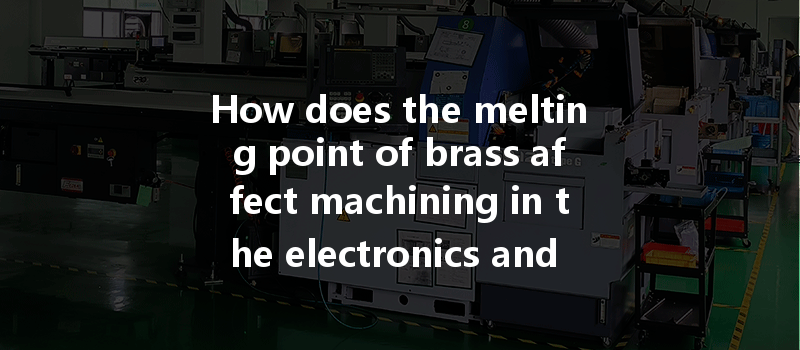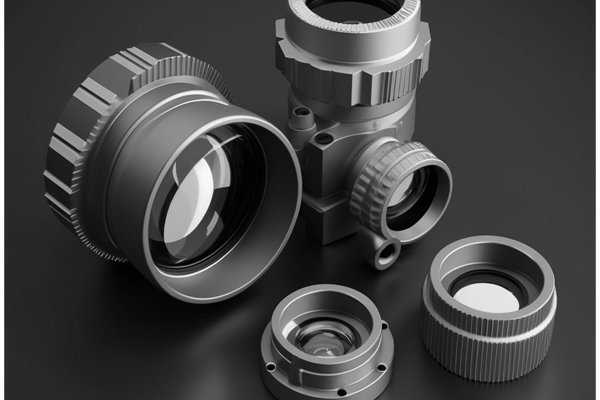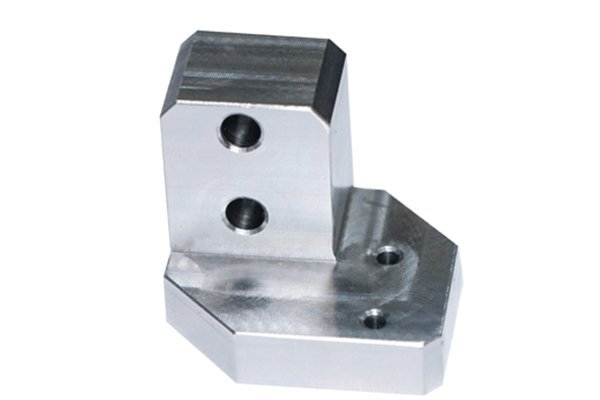Did you know that brass is one of the most widely used alloys in the electronics and electrical industries? It has a melting point ranging from 900°C to 940°C (1,650°F to 1,720°F), which plays a pivotal role in both its machinability and its application in various electrical components. Brass is not just a pretty metal; it’s a fascinating alloy that combines the best attributes of copper and zinc to create an excellent material for machining intricate parts such as connectors, conductors, and circuit boards. But how exactly does the melting point of brass influence these machining processes?
In this comprehensive blog, we will delve deep into the importance of the melting point in brass machining, discussing its impact on strength, dimensional accuracy, wear resistance, and much more. Not only will we explore how this affects production and design in the electrical sector, but we will also provide actionable insights for engineers and manufacturers seeking to optimize their process.
Understanding Brass and Its Composition
Brass is primarily composed of copper and zinc, but may also contain elements such as lead, tin, and iron, which can modify its properties for specific applications. The melting point of brass varies depending on its particular composition. For example, leaded brass has a lower melting point than non-leaded brass, making it easier to machine. In contrast, high-zinc brass is known for increased strength but can be more challenging to machine due to its higher melting point.
Key Characteristics of Brass
Understanding these properties is crucial, especially regarding the impact of melting points during machining.
The Melting Point’s Role in Machining
Machining techniques, such as turning, milling, drilling, and grinding, are fundamentally affected by the metal’s melting point. If the machining temperature rises to near the melting point of brass, it can lead to thermal deformation, tool wear, and a poor finish.
The dimensional accuracy of machined brass parts depends on the thermal characteristics of the material. When the temperature nears the melting point:
Controlling the machining environment and implementing effective cooling techniques become essential to maintaining component accuracy.
The melting point affects not just the shape of the machined part but also its surface appearance. A heat-affected zone (HAZ) can impact finish quality:
Understanding the implications of melting points allows machinists to prioritize surface finish while ensuring functionality.
Challenges in Machining Brass
Even with its advantages, machining brass presents various challenges linked to its melting point.
Burrs are small, unwanted fragments left on a part after machining. Heat can exacerbate this since softer brass at elevated temperatures tends to form more burrs:
Higher temperatures can lead to increased tool wear, significantly affecting production costs and efficiency:
Regular monitoring and using temperature-resistant tools are wise methods to mitigate tool wear.

Different brass compositions can yield varying melting points, which adds complexity to machining processes:
Best Practices for Machining Brass
To achieve efficient and high-quality machining of brass in the electronics and electrical industries, consider the following best practices:
Choosing the right type of brass for your specific application is paramount. Lower zinc content can enhance machinability but may weaken corrosion resistance. Evaluate the end-use to decide on the ideal alloy.
Implement advanced cooling systems to maintain optimal temperatures while machining. Common cooling strategies include mist cooling systems and cryogenic cooling:
Selecting the appropriate tools based on material characteristics is crucial. Factors to consider include:
Regularly review and adjust machining parameters such as:
Implement IoT-based solutions for real-time data analysis of machining processes. With automated systems that monitor temperature fluctuations and tool wear, manufacturers can make adjustments on-the-fly, optimizing productivity and quality.
Case Studies: Brass Machining in Action
To further illustrate how the melting point of brass affects machining, we will examine some real-world applications in the electronics and electrical industries.
Case Study 1: Connectors for Automotive Industry
In the automotive industry, brass connectors play a significant role in the electronics that control engine functions. Here, precise dimensional accuracy and excellent conductivity are critical.
Problem Addressed: Many manufacturers grappled with heat generation at elevated machining speeds, leading to poor surface finishes and tool wear.
Solution Implemented: By lowering cutting speeds and integrating advanced cooling technologies, the company effectively reduced heat levels during machining. This resulted in enhanced surface quality and prolonged tool life, ultimately lowering costs.
Case Study 2: Circuit Board Components
In producing circuit board components, brass is favored for its high conductivity. However, components must achieve tight tolerances to ensure electrical functionality.
Problem Addressed: Warping and dimensional changes were frequently reported due to high temperatures during machining.
Solution Implemented: Implementing a dual cooling system—one using water jets and the other focused air streams—allowed for more effective temperature management. This stabilized dimensions and improved electrical performance, leading to fewer defects.
In summary, the melting point of brass is a crucial factor that significantly affects the machining process within the electronics and electrical industries. From influencing machining techniques to affecting dimensional accuracy and surface finish, understanding this aspect can lead to better production outcomes.
By adopting best practices such as careful material selection, temperature control, tool optimization, and automated monitoring, manufacturers can navigate the challenges associated with machining brass. This results in high-quality components that meet the rigorous demands of the industry.
As you consider your machining processes, remember the pivotal role that melting points play. Investing time and resources into understanding and optimizing for this factor not only improves quality but can also lead to substantial cost savings and improved operational efficiency.
It’s crucial to continually rethink and refine your approach to machining brass, as this is a significant step towards staying competitive and innovative in a rapidly evolving industry landscape. Thus, the next time you work with brass, keep this knowledge close and let it influence your methods.






